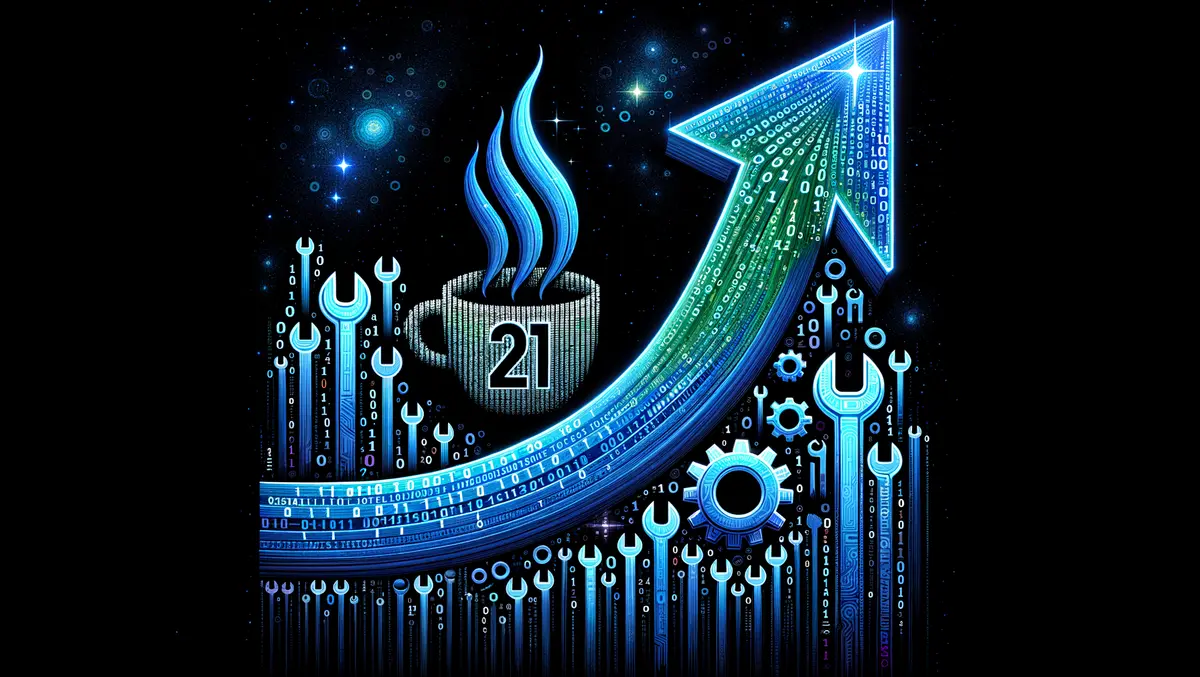
New Relic report uncovers ongoing trends in Java adoption
New Relic has published its fourth annual State of the Java Ecosystem report, issuing vital insights into contemporary trends in Java development and adoption. The universally embraced Java programming language has shown significant advancement over its two-decade history, thanks to its multifold benefits of scalability, portability and consistent Oracle support.
Based on data amassed from hundreds of thousands of applications, the comprehensive report exhibits a panoramic view of the present Java ecosystem, including developer usage and the most deployed Java versions. Java's enduring success over the past 20 years is enshrined in its flexibility, enabling users to operate on any device with a Java virtual machine (JVM). Every six months, Oracle introduces new Java versions, with long-term-support (LTS) versions rolled out every two years. These LTS versions incorporate crucial updates to boost stability, security, and performance, aspects which developers frequently refer to as pivotal in their decision to update Java versions.
The primary findings of the report shed light on several emerging trends in Java usage. One notable revelation is that the LTS Java 21 version saw higher adoption rates than its predecessor, Java 17. Released in September 2023, Java 21's adoption rate has shown a phenomenal rise of 287% in the initial six months post-release as compared to Java 17.
Notwithstanding the triumphant rise of Java 21, Java 17 itself demonstrated remarkable progress by surpassing Java 11 as the most-used LTS version. The growth rate witnessed for Java 17 showed nearly 300% year-over-year (YoY) increase, with over 35% of applications utilising Java 17 in production this year - a significant leap from 9% in 2023. For comparison, reaching analogous growth rates took Java 11 multiple years.
The report also exposes a notable transition in the popularity of different Java Developer Kits (JDK). Although Amazon continues to be a well-liked JDK vendor, its usage dipped by 43% YoY in 2024, falling to 18% this year as opposed to 31% in the preceding year. Conversely, the adoption of the community-managed Eclipse Adoptium has grown by 50% YoY, increasing from 12% to 18%, reflecting a dominant shift towards JDKs that receive more regular updates.
Commenting on tool preferences, the data from New Relic highlights Log4j as the most favoured logging framework with a whopping 76% of Java applications utilising it. Similarly, Bouncy Castle rules the roost as the most preferred library for encryption, used by 17% of Java applications.
Lastly, the report detailed the most frequently asked questions posed by developers via the New Relic AI generative AI observability assistant. The 'how-to' type of questions topped the list at 34%, followed by querying for a specific metric (21%) and troubleshooting (14%).


